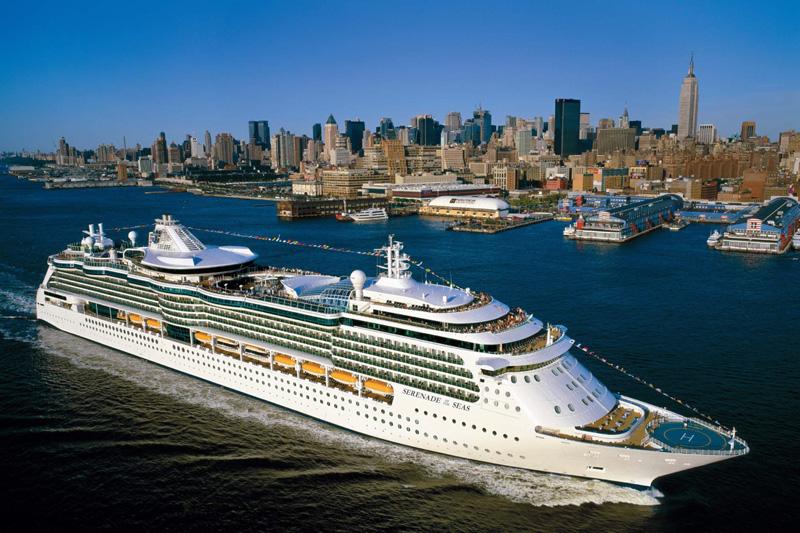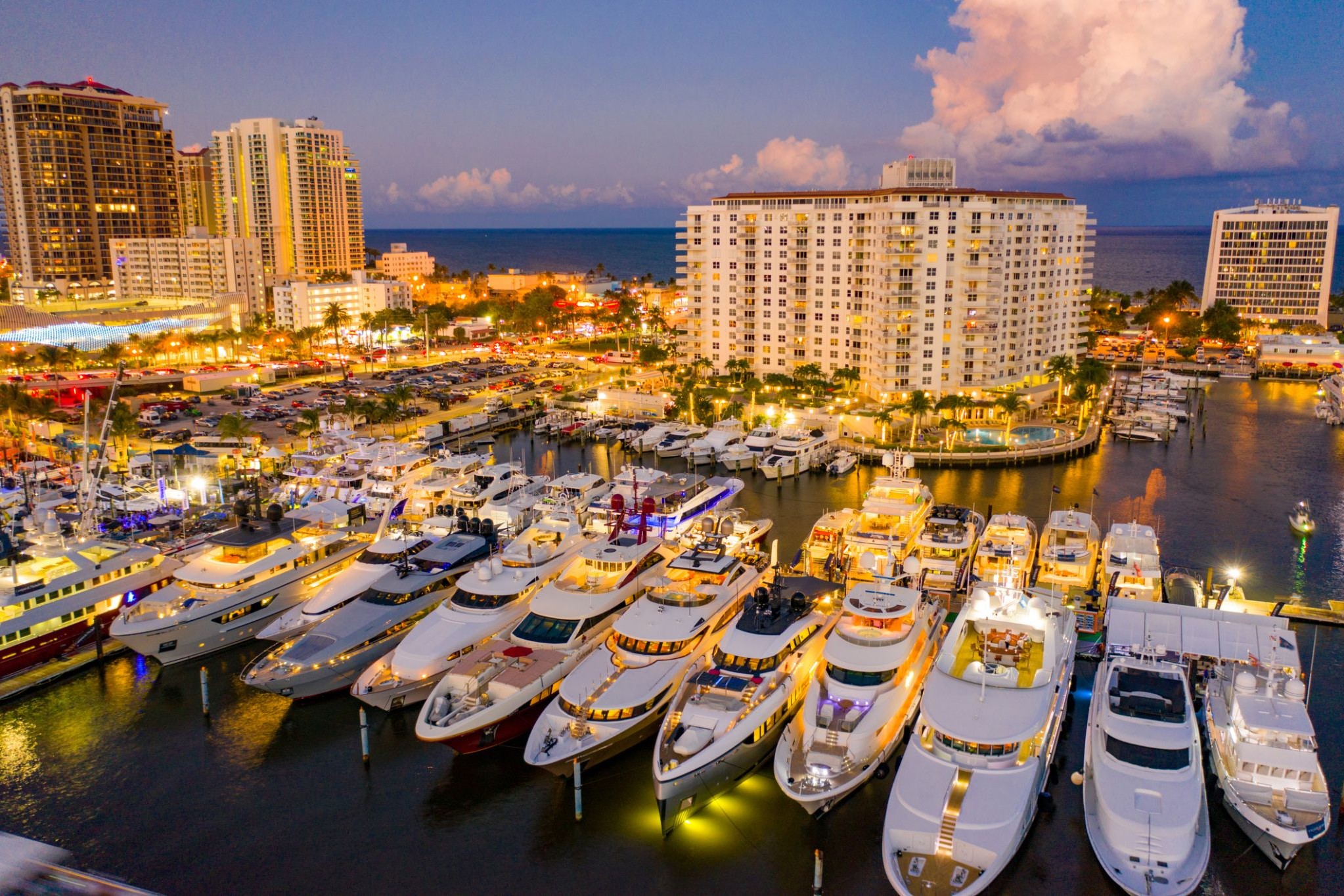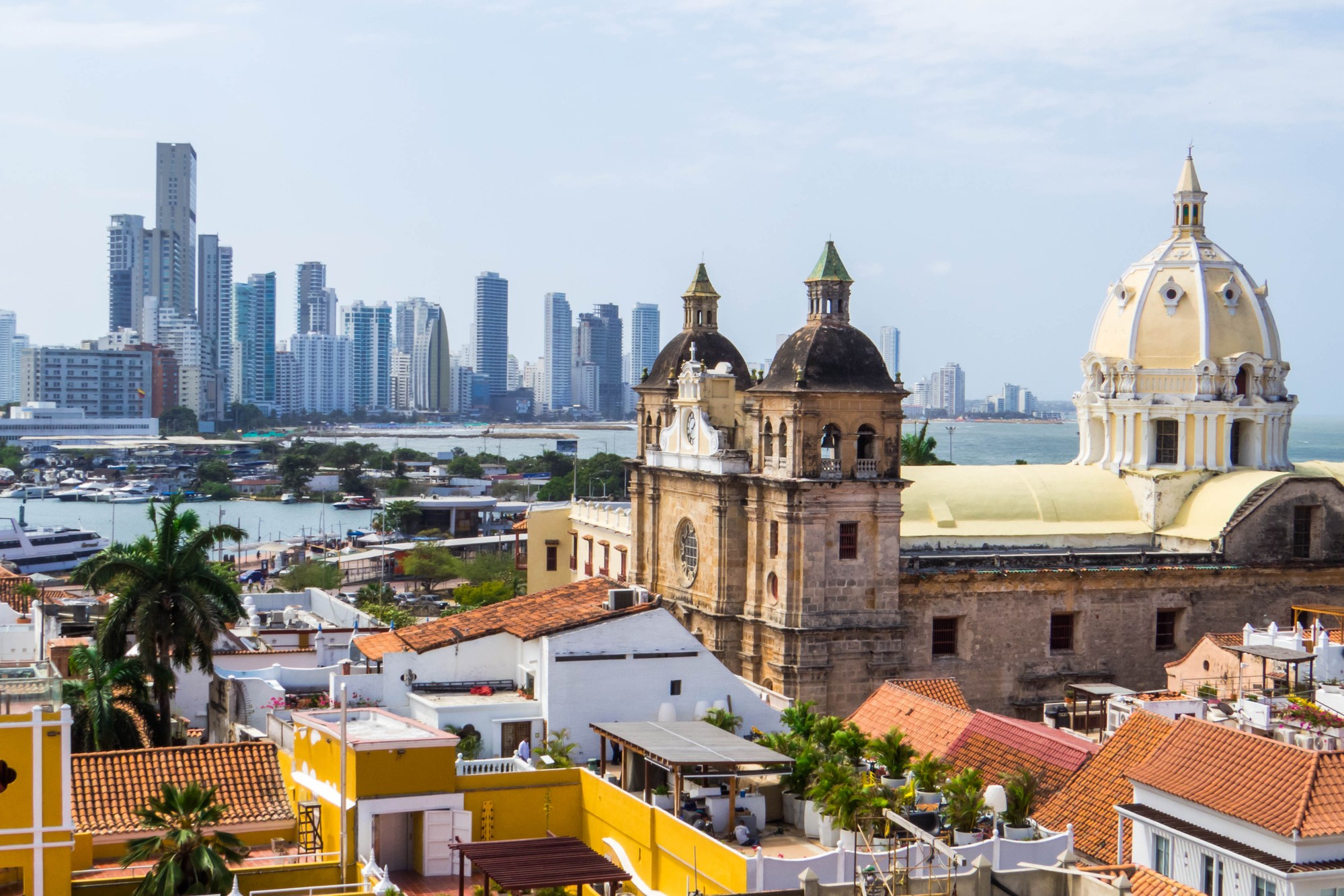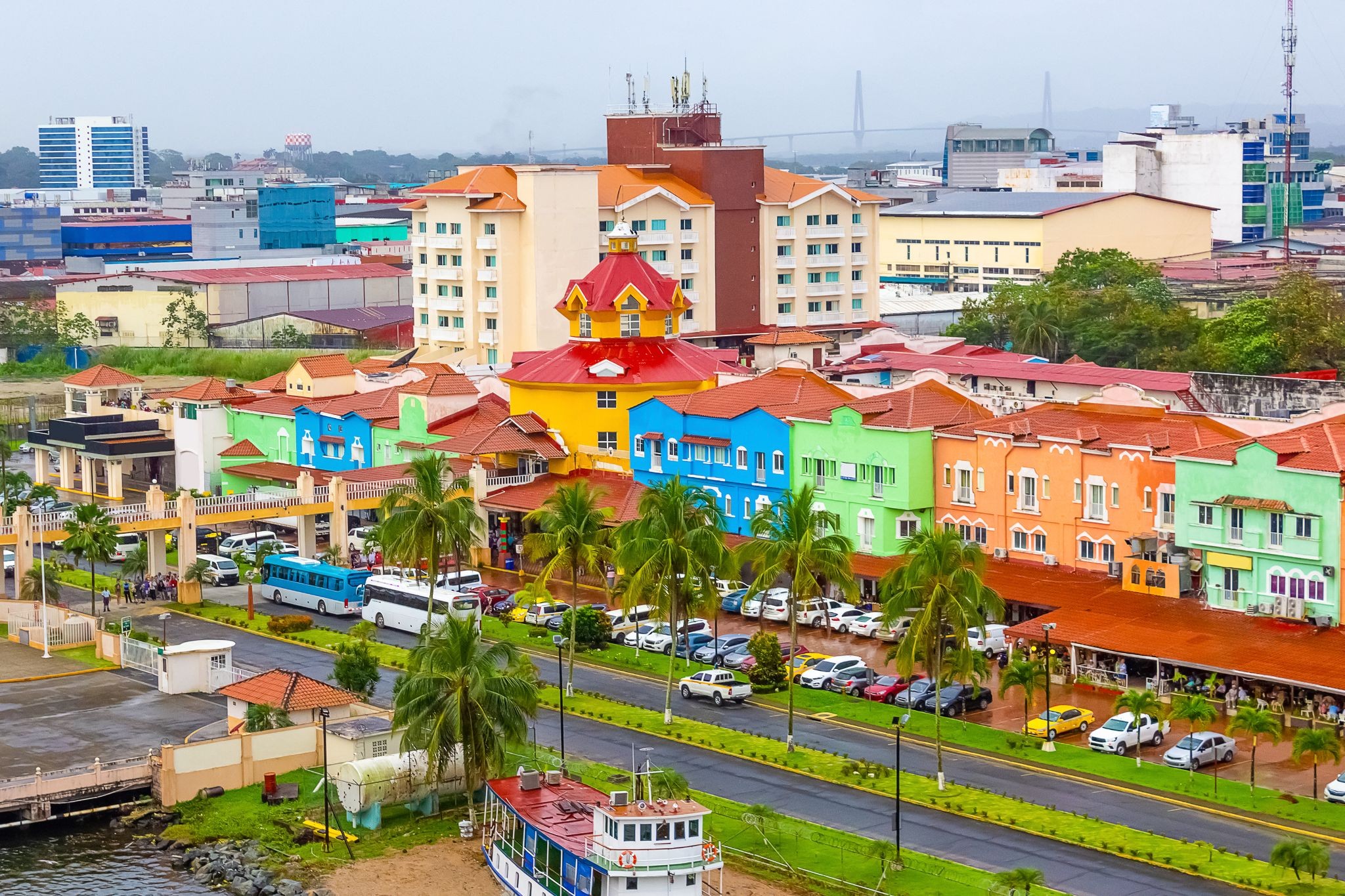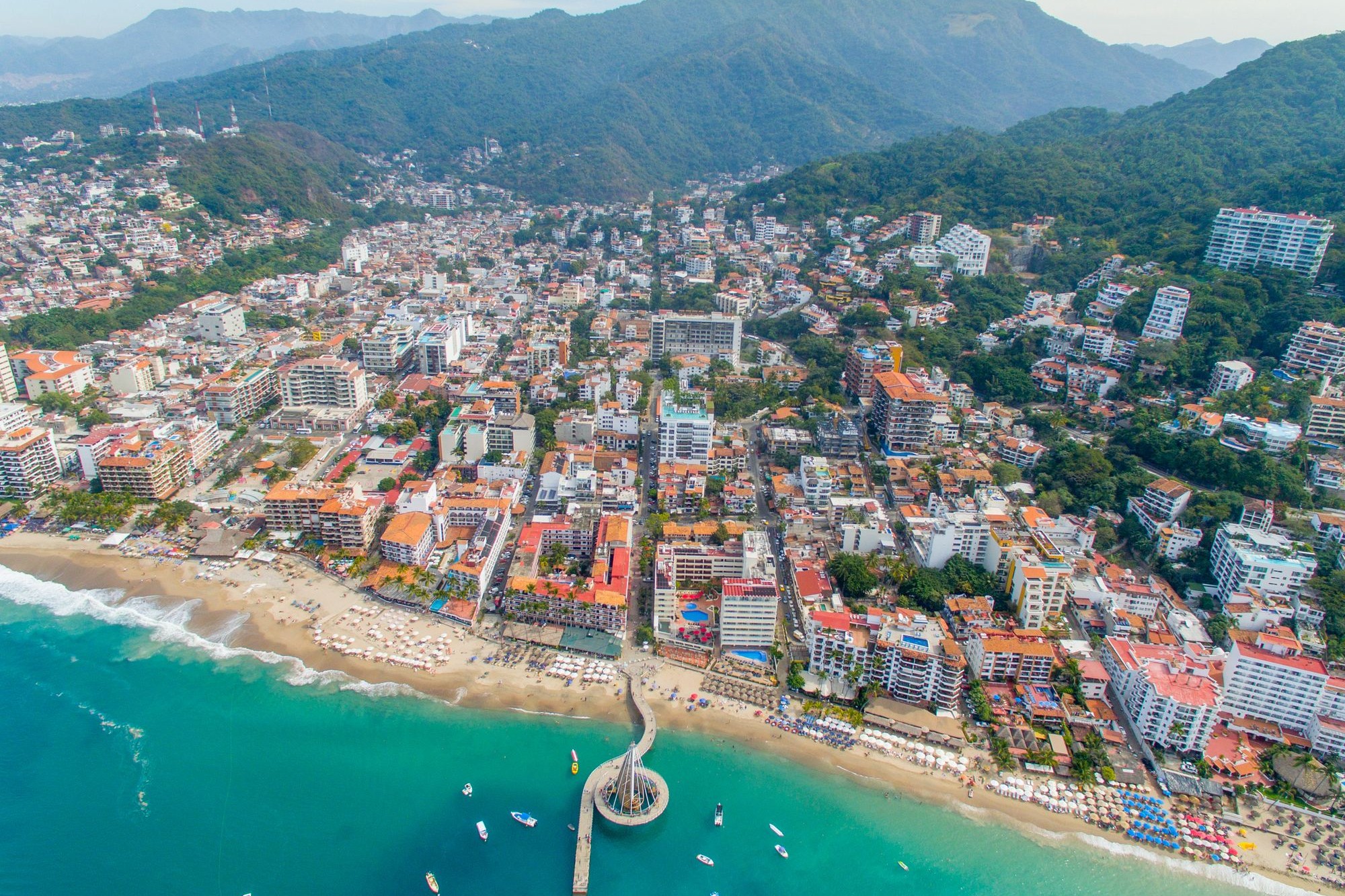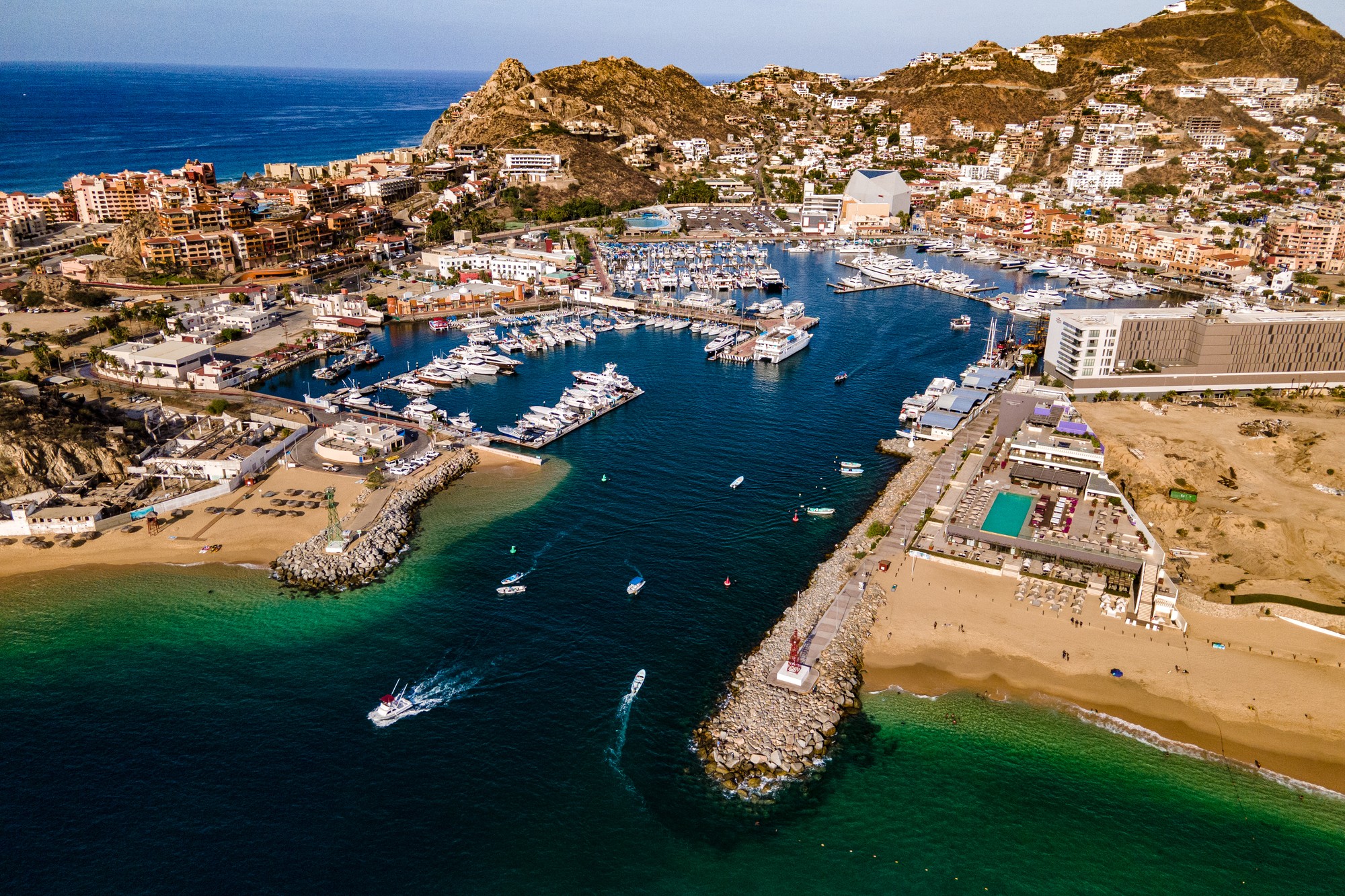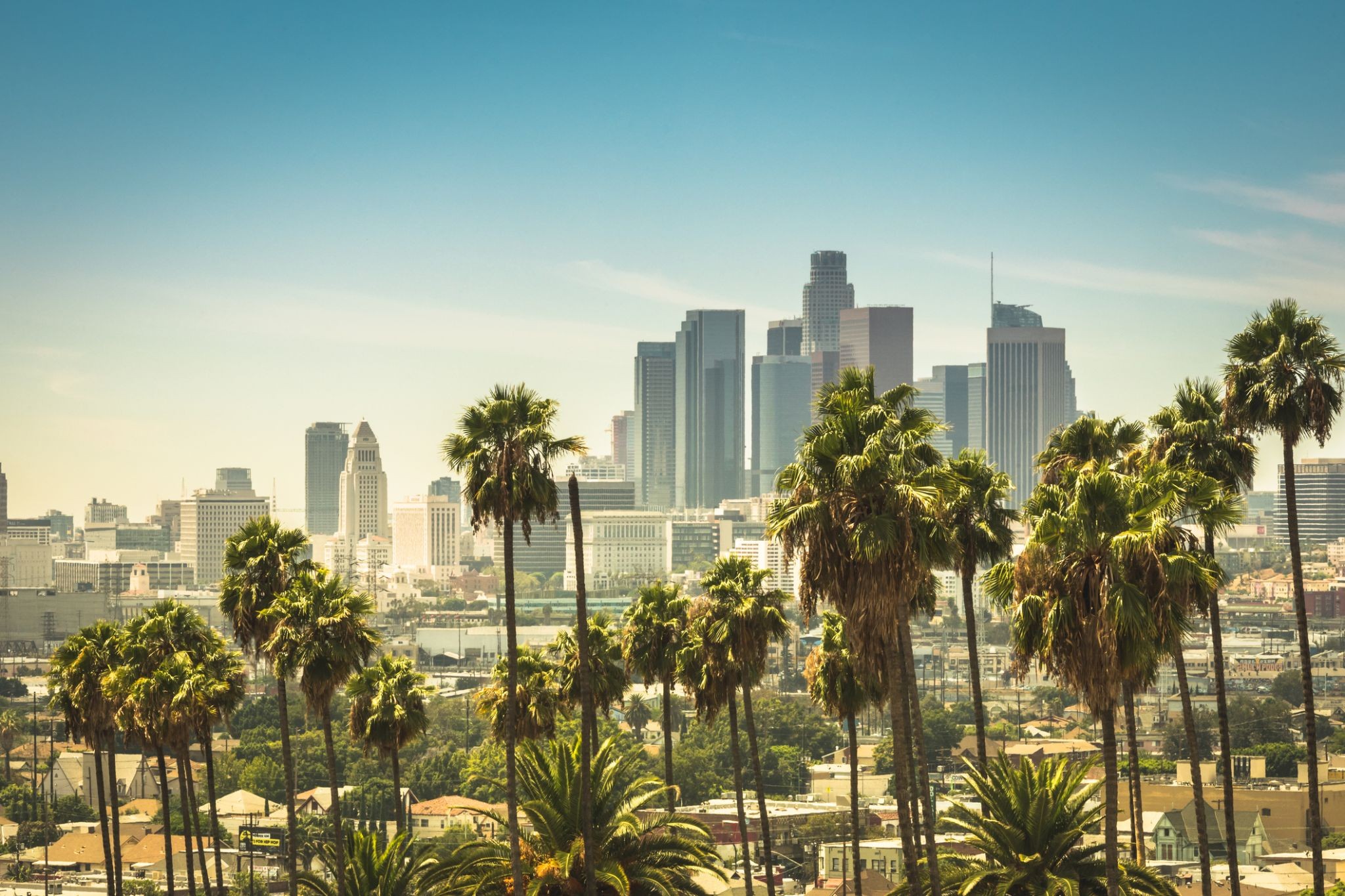
Rejs 30 876 162
Niestety ten rejs jest chwilowo niedostępny.
16 nocy, z Fort Lauderdale na Florydzie
| Region rejsu : Karaiby, kanał Panamski |
| Firma : Royal Caribbean International |
| Statek : Serenade of the Seas |
| Data rozpoczęcia : niedz. 13 kwi 2025 |
| Data zakończenia : wt. 29 kwi 2025 |
| Liczba nocy : 16 nocy |
Harmonogram
| Dzień | Data | Port | Wypłynięcie | Odpłynięcie |
|---|---|---|---|---|
| 1 | 13.04 niedz. | Fort Lauderdale / USA | 16:00 | |
| 2 | 14.04 pon. | Dzień na morzu / Morze | ||
| 3 | 15.04 wt. | Georgetown / Cayman Islands | 08:00 | 16:00 |
| 4 | 16.04 śr. | Dzień na morzu / Morze | ||
| 5 | 17.04 czw. | Cartagena de Indias / Kolumbia | 08:00 | 16:00 |
| 6 | 18.04 pt. | Dwukropek / Panama | 09:30 | 18:00 |
| 7 | 19.04 sob. | Kanał Panamski / Panama | 06:00 | 18:00 |
| 8 | 20.04 niedz. | Dzień na morzu / Morze | ||
| 9 | 21.04 pon. | Dzień na morzu / Morze | ||
| 10 | 22.04 wt. | Puerto Quetzal / Gwatemala | 08:00 | 17:00 |
| 11 | 23.04 śr. | Dzień na morzu / Morze | ||
| 12 | 24.04 czw. | Dzień na morzu / Morze | ||
| 13 | 25.04 pt. | Puerto Vallarta / Meksyk | 07:00 | 16:00 |
| 14 | 26.04 sob. | Cabo San Lucas / Meksyk | 10:00 | 19:00 |
| 15 | 27.04 niedz. | Dzień na morzu / Morze | ||
| 16 | 28.04 pon. | Dzień na morzu / Morze | ||
| 17 | 29.04 wt. | Los Angeles / USA | 07:00 |
- Zakwaterowanie w wybranej kategorii kajuty.
- Wyżywienie w systemie “All Inclusive” (z wyjątkiem alternatywnych restauracji).
- Bezpłatne napoje: woda, herbata, kawa w punktach samoobsługowych na statku.
- Program kulturalny na pokładzie: wieczorne przedstawienia, teatr, muzyka na żywo i inne atrakcje.
- Dostęp do klubów nocnych i dyskotek.
- Aktywne rozrywki na pokładzie.
- Możliwość korzystania z biblioteki.
- Dla dzieci organizowane są zajęcia w klubach dla dzieci.
- Dostęp do basenów i jacuzzi.
- Siłownia i kort sportowy.
- Usługi stewarda i codzienne sprzątanie kajuty.
- Opłaty portowe i podatki.
Royal Caribbean International dba o swoich pasażerów, zapewniając im komfort i różnorodność atrakcji na pokładzie.
- Lot samolotem.
- Transfery.
- Wizy na trasie.
- Hotel przed i po rejsie
- Napiwki dla personelu*.
- Restauracje alternatywne.
- Napoje alkoholowe i niektóre napoje bezalkoholowe.
- Dostęp do internetu i telefon na pokładzie.
- Kasyno na pokładzie.
- Usługi pralni / chemicznej.
- Salon urody i centrum SPA.
- Wycieczki w portach (opcjonalnie).
*Rozmiar napiwków zależy od wybranej kategorii kajuty:
- Wewnętrzna kajuta / okno / balkon / Junior Suite: 18,00 USD na osobę za noc.
- Suite (z wyjątkiem Junior Suite): 20,50 USD na osobę za noc.
Depending on the cruise date, a payment is required to confirm the cabin. After the prepayment is made, the manager confirms the application in the cruise system and notifies you by e-mail.
Cruise Duration Deposit (prepayment)
1-5 nights $100/person
6-9 nights $250/person
10 and more nights $450/person
Full payment
60 days before the cruise
Full payment (cruises from December 24-31)
90 days before the cruise
Standard Penalties for Royal Caribbean Intl. Cruises
Cancelation Period Cancellation Policy
1-5 Nights 6 Nights or More
90-61 Days Prior to Arrival $35/person $70/person
60-46 Days Prior to Arrival In the Amount of Deposit
45-31 Days Prior to Arrival 25% of the Full Cruise Cost, but no less than the Deposit
30-15 Days Prior to Arrival 50% of the Full Cruise Cost, but no less than the Deposit
14 Days Prior to Arrival/No-Show for Boarding 100% of the Cruise Cost
Penalties for Royal Caribbean Intl. New Year's Cruises (December 24-31)
Period in which the cancellation took place Cancellation conditions
1-5 nights 6 or more nights
90-61 days before arrival In the amount of the deposit
60-46 days before arrival 25% of the full cost of the cruise, but not less than the deposit amount
50% of the full cost of the cruise, but not less than the deposit amount
45-31 days before arrival 50% of the full cost of the cruise, but not less than the deposit amount
30-15 days before arrival 75% of the full cost of the cruise, but not less than the deposit amount
14 days before arrival/no show for boarding 100% of the cost of the cruise
-
 Dzień 1: 00:00-16:00
Dzień 1: 00:00-16:00Fort Lauderdale / USA
Fort Lauderdale is a city in the U.S. state of Florida, 28 miles (45 km) north of Miami. It is the county seat of Broward County. As of the 2017 census, the city has an estimated population of 180,072. Fort Lauderdale is a principal city of the Miami metropolitan area, which was home to an estimated 6,158,824 people in 2017.
The city is a popular tourist destination, with an average year-round temperature of 75.5 °F (24.2 °C) and 3,000 hours of sunshine per year. Greater Fort Lauderdale, encompassing all of Broward County, hosted 12 million visitors in 2012, including 2.8 million international visitors. In 2012, the county collected $43.9 million from the 5% hotel tax it charges, after hotels in the area recorded an occupancy rate for the year of 72.7 percent and an average daily rate of $114.48. The district has 561 hotels and motels comprising nearly 35,000 rooms. Forty-six cruise ships sailed from Port Everglades in 2012. Greater Fort Lauderdale has over 4,000 restaurants, 63 golf courses, 12 shopping malls, 16 museums, 132 nightclubs, 278 parkland campsites, and 100 marinas housing 45,000 resident yachts.
Fort Lauderdale is named after a series of forts built by the United States during the Second Seminole War. The forts took their name from Major William Lauderdale (1782–1838), younger brother of Lieutenant Colonel James Lauderdale. William Lauderdale was the commander of the detachment of soldiers who built the first fort. However, development of the city did not begin until 50 years after the forts were abandoned at the end of the conflict.
Three forts named "Fort Lauderdale" were constructed: the first was at the fork of the New River, the second was at Tarpon Bend on the New River between the present-day Colee Hammock and Rio Vista neighborhoods, and the third was near the site of the Bahia Mar Marina.
-
 Dzień 2:
Dzień 2:Dzień na morzu / Morze
-
 Dzień 3: 08:00-16:00
Dzień 3: 08:00-16:00Georgetown / Cayman Islands
Georgetown to stolica Kajmanów, położona na wyspie Grand Cayman w Morzu Karaibskim. To malownicze miasto słynie z pięknych plaż, krystalicznie czystych wód i przytulnej atmosfery. W centrum Georgetown znajduje się tętniąca życiem nadbrzeżna promenada z sklepami, restauracjami i kawiarniami, gdzie turyści mogą skosztować lokalnych przysmaków i kupić produkty od miejscowych rzemieślników. Miasto jest również znane ze swojej kolonialnej architektury oraz zabytkowych budowli, w tym starożytnej katolickiej katedry Świętej Teresy i Muzeum Kajmanów, gdzie można dowiedzieć się więcej o kulturze i historii regionu.
Dla tych, którzy szukają przygód, Georgetown nie zawiedzie. Lokalne wody kryją ogrody koralowe, w których można spotkać nie tylko ryby, ale także majestatyczne żółwie, z którymi można pływać. Snorkeling i nurkowanie w tych okolicach to nie tylko aktywność, ale także szansa na zobaczenie nieskazitelnego ekosystemu Morza Karaibskiego. Miłośnicy historii i przyrody mogą odkrywać szlaki po wyspie, przechodzące przez jej zielone zakątki, starożytne rafy i wodospady, co pozwala połączyć badanie przyrody z odkrywaniem kultury.
-
 Dzień 4:
Dzień 4:Dzień na morzu / Morze
-
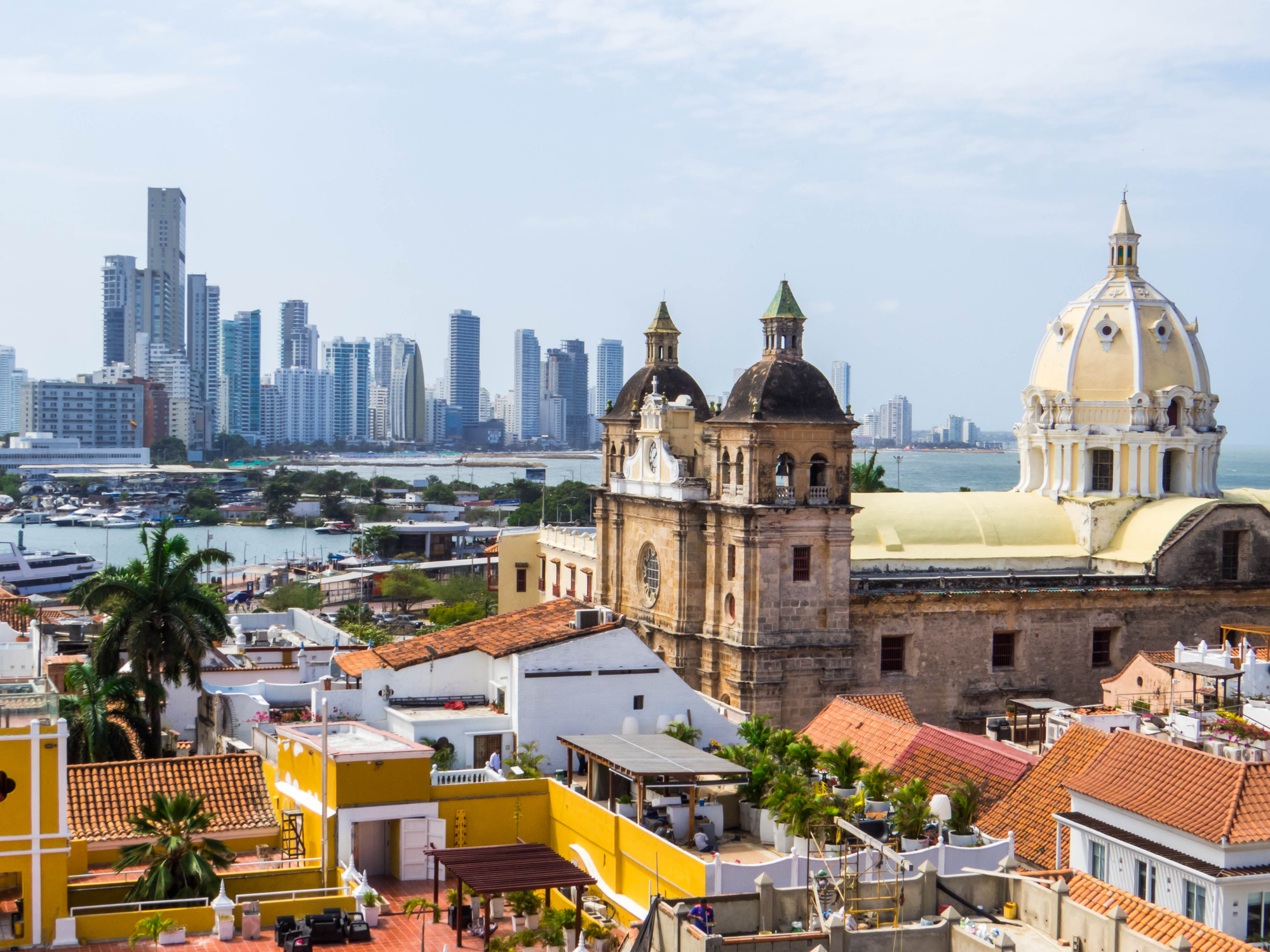 Dzień 5: 08:00-16:00
Dzień 5: 08:00-16:00Cartagena de Indias / Kolumbia
Cartagena de Indias – miasto w północnej Kolumbii, nad Morzem Karaibskim. Jest stolicą departamentu Bolívar. Według spisu ludności z 30 czerwca 2018 roku miasto liczyło 876 885 mieszkańców, co czyniło je trzecim pod względem wielkości populacji miastem kraju.
W mieście rozwinął się przemysł rafineryjny, stoczniowy, chemiczny, włókienniczy, skórzany oraz spożywczy.
-
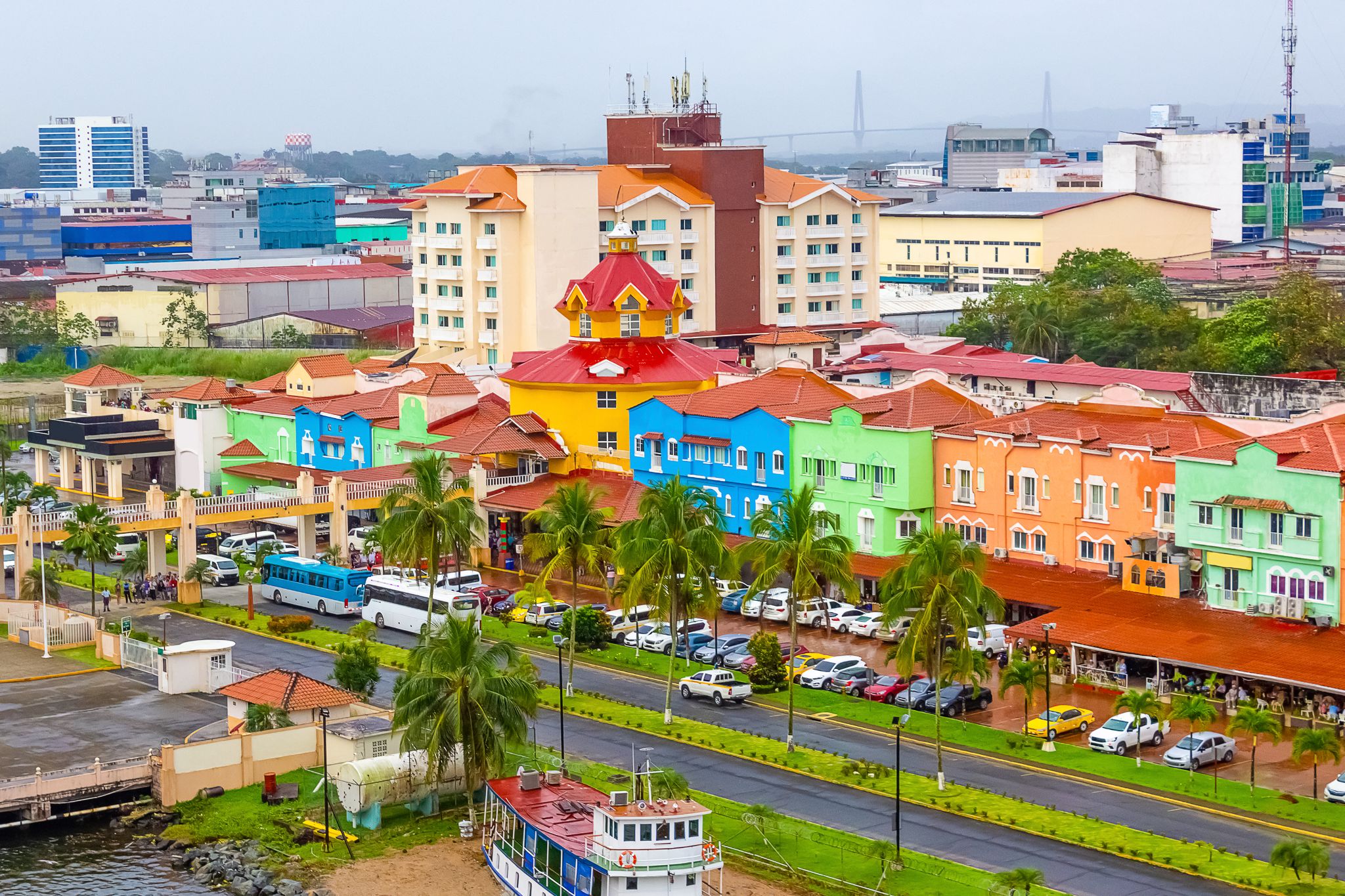 Dzień 6: 09:30-18:00
Dzień 6: 09:30-18:00Dwukropek / Panama
Colon
-
 Dzień 7: 06:00-18:00
Dzień 7: 06:00-18:00Kanał Panamski / Panama
The Panama Canal is an artificial 82 km (51 mi) waterway in Panama that connects the Atlantic Ocean with the Pacific Ocean. The canal cuts across the Isthmus of Panama and is a conduit for maritime trade. Canal locks are at each end to lift ships up to Gatun Lake, an artificial lake created to reduce the amount of excavation work required for the canal, 26 m (85 ft) above sea level, and then lower the ships at the other end. The original locks are 34 m (110 ft) wide. A third, wider lane of locks was constructed between September 2007 and May 2016. The expanded canal began commercial operation on June 26, 2016. The new locks allow transit of larger, post-Panamax ships, capable of handling more cargo.
France began work on the canal in 1881, but stopped due to engineering problems and a high worker mortality rate. The United States took over the project in 1904 and opened the canal on August 15, 1914. One of the largest and most difficult engineering projects ever undertaken, the Panama Canal shortcut greatly reduced the time for ships to travel between the Atlantic and Pacific Oceans, enabling them to avoid the lengthy, hazardous Cape Horn route around the southernmost tip of South America via the Drake Passage or Strait of Magellan.
Colombia, France, and later the United States controlled the territory surrounding the canal during construction. The US continued to control the canal and surrounding Panama Canal Zone until the 1977 Torrijos–Carter Treatiesprovided for handover to Panama. After a period of joint American–Panamanian control, in 1999, the canal was taken over by the Panamanian government. It is now managed and operated by the government-owned Panama Canal Authority.
-
 Dzień 8:
Dzień 8:Dzień na morzu / Morze
-
 Dzień 9:
Dzień 9:Dzień na morzu / Morze
-
 Dzień 10: 08:00-17:00
Dzień 10: 08:00-17:00Puerto Quetzal / Gwatemala
Puerto Quetzal to ważne miasto portowe na wybrzeżu Gwatemali, położone w regionie Pacyfiku. Jest jednym z najpopularniejszych portów docelowych dla statków wycieczkowych, co czyni go istotnym węzłem transportowym i głównym wejściem dla podróżnych przybywających do kraju. Puerto Quetzal jest także punktem wyjścia do odkrywania cudów przyrody Gwatemali, w tym słynnych wulkanów i malowniczych plaż. W pobliżu znajdują się takie atrakcje, jak wulkan Acatenango i Park Narodowy Monterrico, który słynie z ekosystemu oraz plaż odpowiednich do surfingu.
Oprócz piękna przyrody Puerto Quetzal przyciąga podróżnych swoją unikalną atmosferą. Miasto zachowało klimat wybrzeża Pacyfiku z urokliwymi wioskami rybackimi i restauracjami, w których można skosztować świeżych owoców morza. Jego strategiczne położenie i rozwinięta infrastruktura sprawiają, że Puerto Quetzal jest wygodnym punktem wyjścia do podróży po Gwatemali, zarówno dla tych, którzy chcą odkrywać starożytne ruiny Majów, takie jak Tikal, jak i dla tych, którzy szukają relaksu na plaży.
-
 Dzień 11:
Dzień 11:Dzień na morzu / Morze
-
 Dzień 12:
Dzień 12:Dzień na morzu / Morze
-
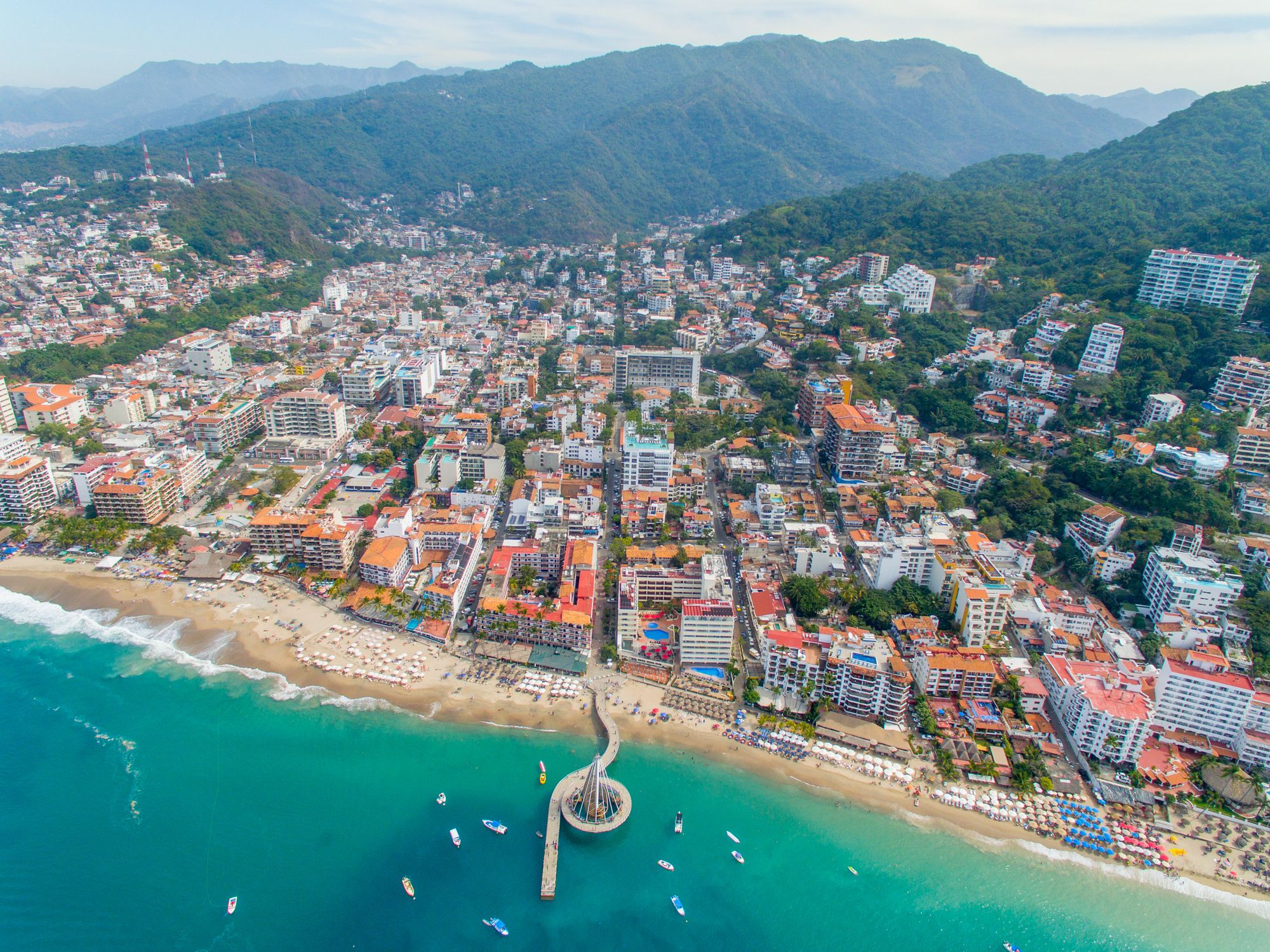 Dzień 13: 07:00-16:00
Dzień 13: 07:00-16:00Puerto Vallarta / Meksyk
Puerto Vallarta is a Mexican beach resort city situated on the Pacific Ocean's Bahía de Banderas. PV or simply Vallarta is the second largest urban agglomeration in the state after the Guadalajara Metropolitan Area. The City of Puerto Vallarta is the government seat of the Municipality of Puerto Vallarta which comprises the city as well as population centers outside of the city extending from Boca de Tomatlán to the Nayarit border (the Ameca River). The city is located at 20°40′N 105°16′W. The municipality has an area of 1,300.7 square kilometres (502.19 sq mi). To the north it borders the southwest part of the state of Nayarit. To the east it borders the municipality of Mascota and San Sebastián del Oeste, and to the south it borders the municipalities of Talpa de Allende and Cabo Corrientes.
Puerto Vallarta is named after Ignacio Vallarta, a former governor of Jalisco. In Spanish, Puerto Vallarta is frequently shortened to "Vallarta", while English speakers call the city P.V. for short. In internet shorthand the city is often referred to as PVR, after the International Air Transport Association airport code for its Gustavo Diaz Ordaz International Airport.
-
 Dzień 14: 10:00-19:00
Dzień 14: 10:00-19:00Cabo San Lucas / Meksyk
Cabo San Lucas or simply Cabo, is a resort city at the southern tip of the Baja California Peninsula, in the Mexican state of Baja California Sur. As of 2015, the population of the city was 81,111 inhabitants. Cabo San Lucas together with San José del Cabo is known as Los Cabos. Together they form a metropolitan area of 305,983 inhabitants.
Cabo has been rated as one of Mexico's top 5 tourist destinations; it is known for its beaches, scuba diving locations, balnearios, the sea arch El Arco de Cabo San Lucas, and marine life. The Los Cabos Corridor has become a heavily trafficked vacation destination for tourists, with numerous resorts and timeshares along the coast between Cabo San Lucas and San José del Cabo.
Cabo houses a range of wildlife, including rays, sharks, birds, and a range of fish, such as mahi-mahi (dorado), and striped marlin.
-
 Dzień 15:
Dzień 15:Dzień na morzu / Morze
-
 Dzień 16:
Dzień 16:Dzień na morzu / Morze
-
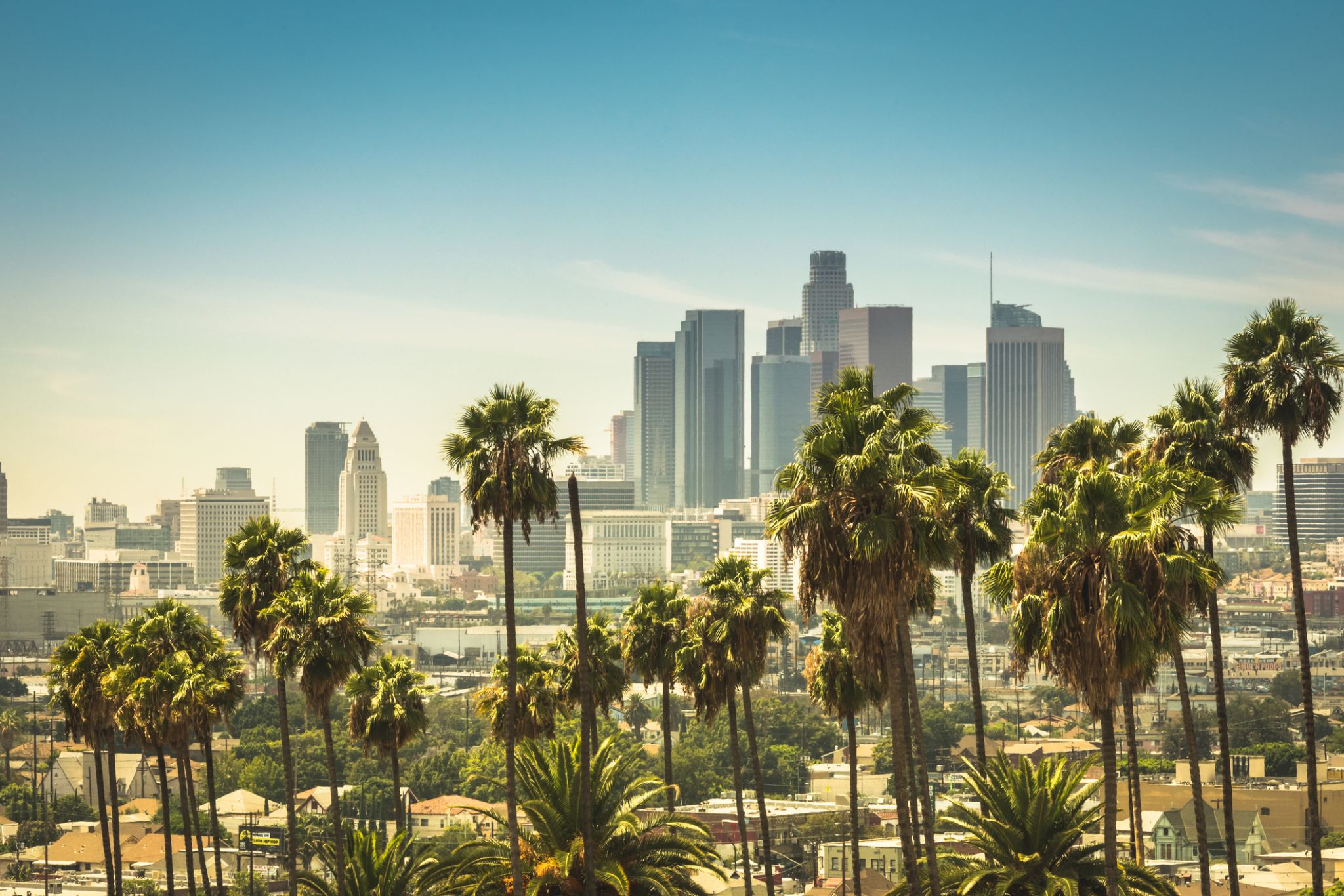 Dzień 17: 07:00-00:00
Dzień 17: 07:00-00:00Los Angeles / USA
Los Angeles officially the City of Los Angeles and often known colloquially by its initials L.A., is the most populous city in California and the second most populous city in the United States, after New York. With an estimated population of four million, Los Angeles is the cultural, financial, and commercial center of Southern California. Nicknamed the "City of Angels" partly because of its name's Spanish meaning, Los Angeles is known for its Mediterranean climate, ethnic diversity, Hollywood, and the entertainment industry, and sprawling metropolis.
Los Angeles is in a large basin bounded by the Pacific Ocean on one side and by mountains as high as 10,000 feet (3,000 m) on the others. The city proper, which covers about 469 square miles (1,210 km2), is the seat of Los Angeles County, the most populated county in the country. Los Angeles is also the principal city of the Los Angeles metropolitan area, the second largest in the United States after that of New York City, with a population of 13.1 million. It is part of the Los Angeles-Long Beach combined statistical area, also the nation's second most populous area with a 2015 estimated population of 18.7 million.
Los Angeles is one of the most substantial economic engines within the United States, with a diverse economy in a broad range of professional and cultural fields. Los Angeles is also famous as the home of Hollywood, a major center of the world entertainment industry. A global city, it has been ranked 6th in the Global Cities Index and 9th in the Global Economic Power Index. The Los Angeles combined statistical area also has a gross metropolitan productof $831 billion (as of 2008), making it the third-largest in the world, after the Tokyo and New York metropolitan areas. Los Angeles hosted the 1932 and 1984 Summer Olympics and will host the event for a third time in 2028. The city also hosted the Miss Universe pageant twice, in 1990 and 2006, and was one of 9 American cities to host the 1994 FIFA men's soccer World Cup and one of 8 to host the 1999 FIFA women's soccer World Cup, hosting the finalmatch for both tournaments.
Historically home to the Chumash and Tongva, Los Angeles was claimed by Juan Rodríguez Cabrillo for Spain in 1542 along with the rest of what would become Alta California. The city was officially founded on September 4, 1781, by Spanish governor Felipe de Neve. It became a part of Mexico in 1821 following the Mexican War of Independence. In 1848, at the end of the Mexican–American War, Los Angeles and the rest of California were purchased as part of the Treaty of Guadalupe Hidalgo, becoming part of the United States. Los Angeles was incorporated as a municipality on April 4, 1850, five months before California achieved statehood. The discovery of oil in the 1890s brought rapid growth to the city. The completion of the Los Angeles Aqueduct in 1913, delivering water from Eastern California, later assured the city's continued rapid growth.
